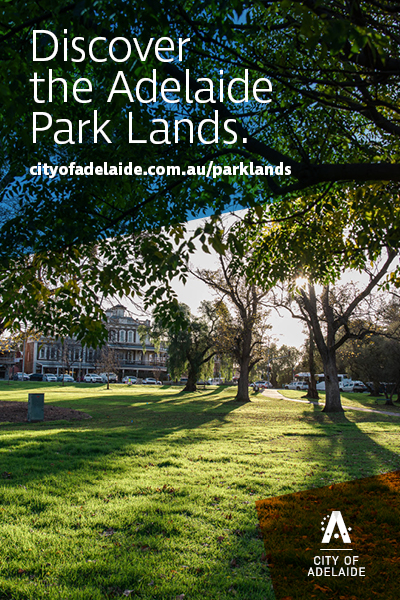STOP CASTE SYSTEM IN AUSTRALIA
The world, it seems, is becoming an increasingly divided place.
With the rise of the political right across the world, which came into stark notice with the election of Donald Trump earlier this year as the president of the United States, there is an increasing perception among people that battle lines have dug deeper into the sand.
Racism. Parochialism. Fear-mongering. The battle of the genders. You name it.
And to add to this all, in Australia, one of India’s oldest institutions is rearing its ugly head and threatening to become a significant force unless checked.
We refer to the caste system, of course.
Hinduism is often touted as the world’s most liberal religion, but what many people on the outside (and some on the inside) do not know is that there are deep fissures of differentiation within the Hindu way of life. Society is divided into four varnas – Brahmin, Kshatriya, Vaisya and Sudra – and each varna further subdivided into a number of sub-castes that were originally created as a form of economic segregation.
Now, in liberalised India, the need for such segregation is gone, but the divisions remain. For instance, only Brahmins are allowed to become Hindu priests, and if you belong to the untouchable Dalit community, then a large number of prejudices are heaped upon you. These include practices such as not being allowed to enter the temple, not looking at an upper caste person directly in the eye, and taking care at all times not to come into direct contact with them even accidentally.
What is shocking is the revelation that the caste system is alive and well in the migrant Indian population that calls Australia home now. You would think that those who came to Australia from India would primarily be well-educated, well-to-do people who have outgrown this barbaric practice, but more and more evidence is being unearthed that shows this is sadly not the case.
Priests not being available for a low-caste man’s mother’s funeral rites. A woman’s flatmate refusing to touch her after coming to know that she is a Dalit. Two men being asked to wait outside a higher-caste person’s home in order not to render it impure. The list goes on and on.
There are many sociological, historical and cultural reasons why the caste system exists, but we need not go into them in order to resolve collectively that we will seek to put an end to it. For starters, we must refuse the indoctrination that comes from our parents and other elders who have lived in different times in a different country. Only by dropping the mantle of the past can we hope to preserve our future.
Secondly, we must all stop deriving status from our last names. The caste system of India makes itself known in the last names, and unless we stop judging others based on their community habits, we cannot hope to stop being judged ourselves.
Most important, we should believe, deep down, that the only marker for a man’s identity ought to be the content of his character. The colour of his skin, his accent, his habits and his profession means nothing. If we cannot practice equality among our countrymen in the relatively homogenous environs of Australia, what chance have we got to eradicate the practice in India, where it is deeply entrenched?
As of today, all of us at Made in India solemnly pledge for equality of all men and women in this beautiful country. Will you join us?


